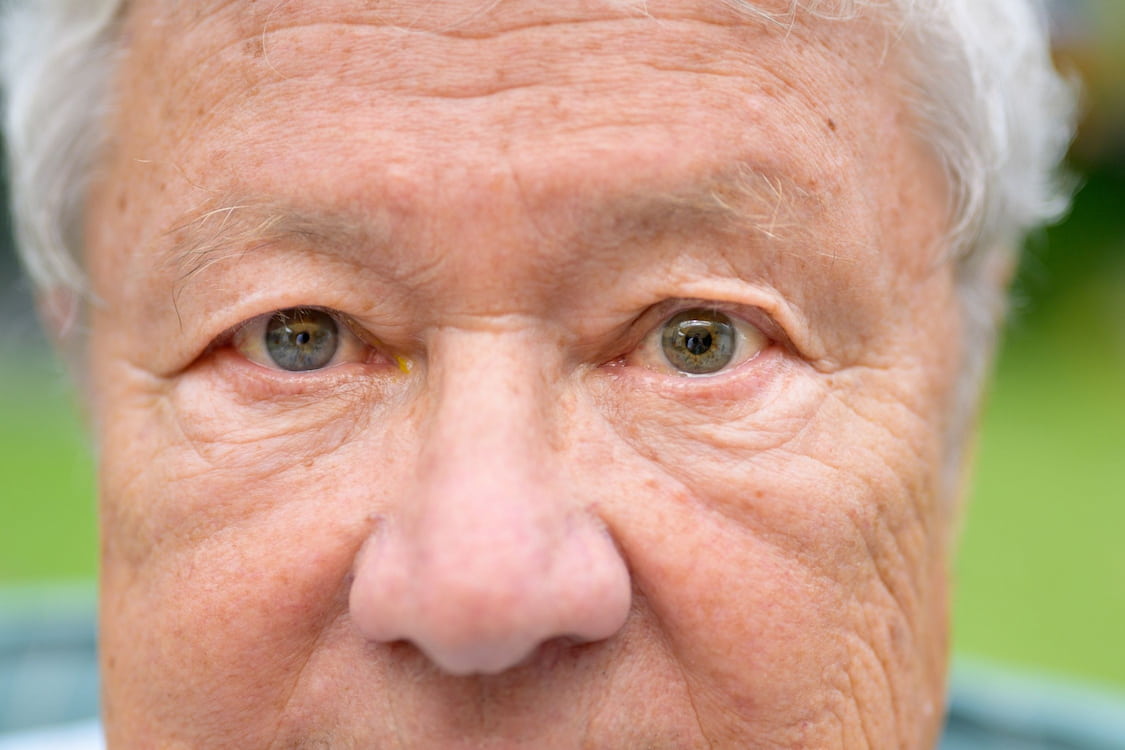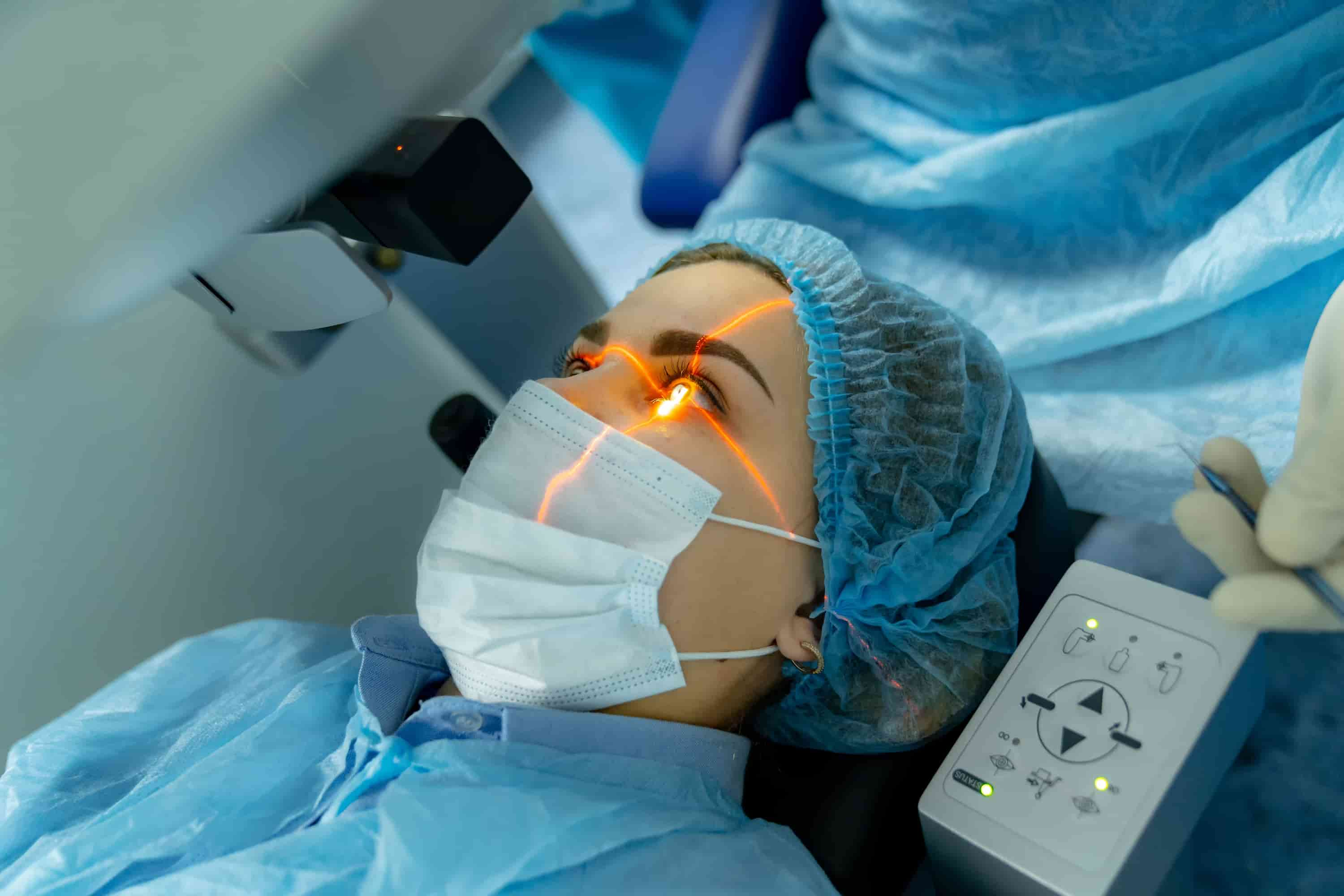
David Bowie's Different Colored Eyes: Anisocoria
David Bowie was a legendary musician, songwriter, actor, and artist, known for his unique style and iconic contributions to popular culture. One of his most distinctive features was his eyes, which appeared to be of different colors. In reality, Bowie had a condition called anisocoria, which caused one of his pupils to be significantly larger than the other. In this article, we will explore the causes of anisocoria, how Bowie developed the condition, whether it is painful, and how it can be treated.
What is Anisocoria?
Anisocoria is a condition in which the pupils of the eyes are of different sizes. This means that one pupil is bigger or smaller than the other. Anisocoria can occur naturally or as a result of an underlying medical condition or injury. In some cases, anisocoria is not noticeable and does not cause any symptoms. However, in other cases, it can be quite pronounced and can cause discomfort or other visual disturbances.
While anisocoria itself is not usually harmful, it can be a sign of a more serious underlying condition that requires medical attention. Therefore, it is important to consult a doctor if you notice any changes in the size of your pupils or experience any other symptoms, such as blurred vision, headache, or sensitivity to light. A doctor can perform an eye exam and other tests to determine the cause of anisocoria and recommend appropriate treatment.

What Causes Anisocoria?
Anisocoria, or having one pupil bigger than the other, can be caused by a variety of factors. Some of the most common causes include nerve damage, injury to the eye, certain medications, and underlying medical conditions.
Nerve damage is a common cause of anisocoria, and it can result from trauma or disease. If the nerves that control the size of the pupils are damaged, it can cause one pupil to be bigger or smaller than the other. In some cases, nerve damage may be caused by underlying medical conditions such as diabetes or multiple sclerosis.
Injury to the eye can also cause anisocoria. If the eye is damaged, it can affect the nerves that control the size of the pupils. This can result in one pupil being bigger or smaller than the other. Injury to the eye can occur as a result of trauma or surgery.
Certain medications can also cause anisocoria. Some medications can affect the size of the pupils, causing one to be bigger or smaller than the other. These medications include antidepressants, antihistamines, and medications used to treat glaucoma.
Finally, anisocoria can be caused by underlying medical conditions such as brain tumors or aneurysms. These conditions can affect the nerves that control the size of the pupils, causing one to be bigger or smaller than the other.
Overall, anisocoria can be caused by a variety of factors. If you notice that one pupil is bigger or smaller than the other, it is important to consult a doctor to determine the underlying cause and appropriate treatment.
How Did David Bowie Develop Anisocoria?
David Bowie was born with anisocoria, which means that he has had pupils of different sizes since birth. Specifically, Bowie's left pupil was permanently dilated, giving the appearance of one pupil being larger than the other. While the exact cause of Bowie's anisocoria is not known, it is believed to be the result of a childhood injury.
According to reports, Bowie's anisocoria was the result of a fight with a friend when he was a teenager. During the fight, Bowie was punched in the left eye, which resulted in damage to the muscles and nerves that control the size of the pupil. As a result, the pupil became permanently dilated, causing the appearance of one pupil being larger than the other.
Despite the potential visual disturbances that can be associated with anisocoria, Bowie embraced his unique feature and made it a part of his image. In fact, he even incorporated it into his music and art, using it as a symbol of his individuality and creativity. Bowie's anisocoria became so famous that it inspired many people to emulate his look, with some even using makeup or contact lenses to create the appearance of different-colored eyes.
Overall, Bowie's anisocoria was the result of a childhood injury that damaged the muscles and nerves that control the size of the pupil. While anisocoria can be a symptom of an underlying medical condition, Bowie's anisocoria was not associated with any other medical issues and he embraced it as a part of his unique and iconic image.
Anisocoria Treatment
Treatment for anisocoria depends on the underlying cause of the condition. In some cases, no treatment is required, and the condition can be managed with regular check-ups to monitor any changes in the size of the pupils.
If anisocoria is caused by an underlying medical condition, such as a brain injury or tumor, treatment may be necessary to address the underlying issue. For example, surgery or radiation therapy may be used to remove or reduce the size of a brain tumor, which may help to alleviate anisocoria symptoms.
In cases where anisocoria is caused by nerve damage, medications or physical therapy may be used to help manage symptoms. Medications may be prescribed to help control pupil size or to treat underlying conditions that are causing the nerve damage. Physical therapy may also be used to help improve muscle function and to alleviate pain or discomfort associated with anisocoria.
If anisocoria is caused by medication use, discontinuing or changing the medication may be necessary to alleviate symptoms. In some cases, the use of eye drops or other medications may be prescribed to help control pupil size.
Is Anisocoria Painful?
In most cases, anisocoria is not painful and does not cause any discomfort. However, if anisocoria is caused by an underlying medical condition, such as a brain tumor or aneurysm, it may be accompanied by other symptoms, such as headaches, blurred vision, or dizziness.
Can Anisocoria Cause Blindness?
Anisocoria itself is not a cause of blindness. However, it can be a symptom of an underlying condition that may lead to vision problems or blindness if left untreated. Therefore, it is important to consult a doctor if you notice any changes in the size of your pupils or if you experience any other symptoms.
Treatment Anisocoria with Healthy Türkiye
In conclusion, David Bowie's anisocoria was caused by an injury he sustained as a teenager. Anisocoria is a condition in which the pupils of the eyes are of different sizes, and it can be caused by a variety of factors, including injury, medication, and underlying medical conditions. Anisocoria itself is not usually harmful, but it can be a symptom of a more serious underlying condition that requires treatment. Therefore, if you notice any changes in the size of your pupils or experience any other symptoms, you can consult with Healthy Türkiye’s health team.



